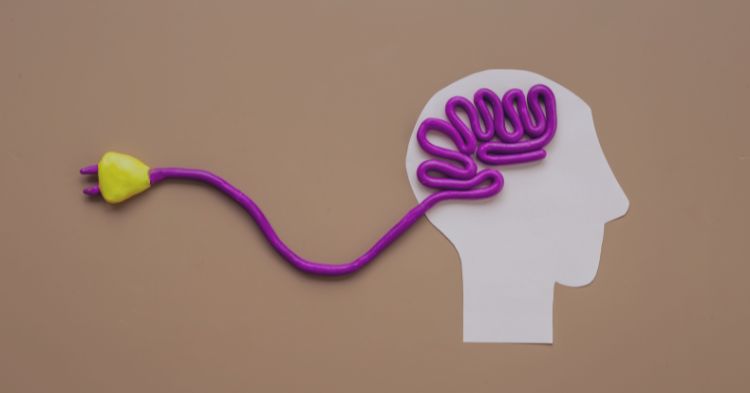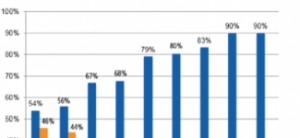Corporate HR Needs to Adopt a Staffing Agency Mentality
Adopting a staffing mentality is critical for corporate HR teams to compete effectively for top talent in today’s tight labor market. Unemployment rates are at historic lows—hovering around 4.9% for the first time since 2008—creating intense competition for top talent.
At the same time, industry estimates predict that as many as 75% of employees are open to new job opportunities or actively considering leaving their current roles. For corporate HR teams, this makes recruiting more challenging than ever. To succeed in this environment, HR must adopt a staffing mentality that prioritizes proactive, strategic talent acquisition over passive recruiting methods.
A staffing mentality helps corporate HR teams align their recruiting efforts with business goals, enabling organizations to compete effectively for top talent and reduce the negative financial impact of unfilled positions.

Why a Staffing Mentality Matters
Every unfilled position comes at a cost. The longer it takes to fill a role, the more revenue and productivity are lost. While metrics like time-to-fill and cost-per-hire remain critical, today’s HR teams must go further. Developing a staffing mentality allows HR to:
- Create proactive strategies that align with workforce planning goals.
- Increase recruiter performance and attract high-quality candidates.
- Compete directly with aggressive talent competitors to secure top-tier talent.
Without a shift in mindset, corporate recruiting teams risk losing the best candidates to competitors with stronger, more agile recruitment strategies.
The Shift from Passive to Proactive Recruiting
For years, industry analysts have called for a transformation in corporate recruiting, moving away from a “post-and-pray” mentality toward more proactive talent acquisition strategies.
What Does a Proactive Recruiting Strategy Look Like?
- Talent Pipelines: Build pipelines of qualified candidates well before positions become available.
- Data-Driven Decisions: Leverage data from ATS and HRIS systems to make smarter hiring decisions.
- Advanced Sourcing Techniques: Use tools like LinkedIn and professional networks to find hidden talent.
- Consistent Candidate Engagement: Maintain regular communication with potential hires to keep your organization top of mind.
Adopting a staffing mentality ensures that corporate HR teams have the tools, processes, and focus needed to perform as effectively as external staffing agencies.
Building a Center of Excellence for In-House Recruiting
One of the most impactful ways to implement a staffing mentality is by developing a Center of Excellence (CoE) for in-house recruiting. A CoE equips internal teams with the skills, tools, and processes to handle recruiting as a core competency rather than just another task within HR.
Benefits of a Center of Excellence:
- Improved Quality of Hires: Professional sourcing and recruiting techniques ensure the best candidates are identified.
- Faster Time-to-Fill: Streamlined processes reduce the time it takes to fill each position.
- Reduced Reliance on External Recruiters: Internal teams can perform equally well—or better—than outside staffing agencies.
Creating a CoE aligns recruiting strategies with business goals, making HR a strategic driver of growth and success.
Essential Components of a Staffing Mentality
To adopt a true staffing mentality, corporate HR teams must embrace the following practices:
1. Invest in Professional Recruiter Training
Recruiters need to be trained as professionals who specialize in sourcing, evaluating, and engaging top talent. This includes understanding job descriptions, creating effective search criteria, and leveraging advanced recruiting tools.
2. Leverage Technology for Smarter Recruiting
From applicant tracking systems (ATS) to mobile-friendly recruitment tools, HR teams must maximize their use of technology to stay competitive. Tools that automate repetitive tasks and provide actionable data are invaluable for improving efficiency and outcomes.
3. Focus on Candidate Experience
In a permission-based, candidate-centric hiring environment, creating a positive candidate experience is non-negotiable. This includes:
- Providing timely feedback.
- Personalizing communications.
- Ensuring the application process is seamless and engaging.
4. Align Recruiting with Business Goals
HR must work closely with leadership to ensure talent acquisition strategies align with overall business objectives. A staffing mentality prioritizes the roles and skills that drive growth.
The Business Case for a Staffing Mentality
HR teams that fail to adopt a staffing mentality risk falling behind in the war for talent. Developing proactive, repeatable processes and professionalizing recruitment functions are no longer optional—they’re essential for success in today’s competitive market.
When recruiting becomes a core competency rather than a secondary responsibility, HR teams can:
- Drive business growth by securing top talent quickly and efficiently.
- Compete effectively against external recruiters and other employers.
- Reduce the financial impact of unfilled positions and high turnover.
The future of talent acquisition belongs to organizations that embrace change and position HR as a strategic partner in business success.
Ready to build a staffing mentality within your HR team? Contact Recruiting Factors today at (904)-RECRUIT (732-7848) or email us at eyeonrecruiting@recruitingfactors.com.
Learn More


